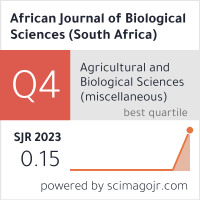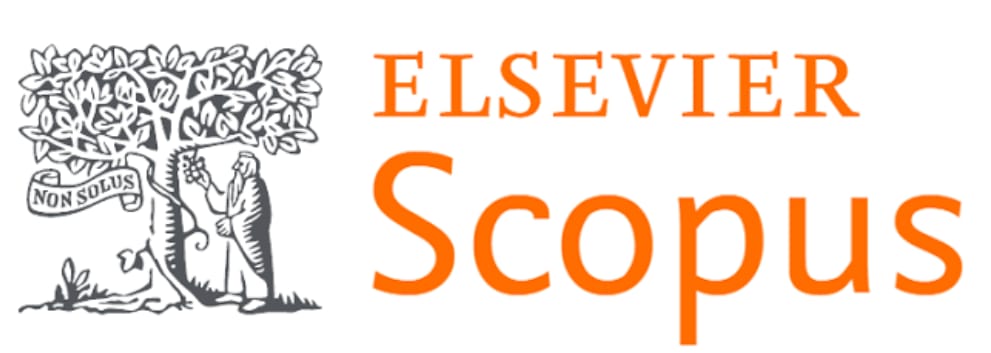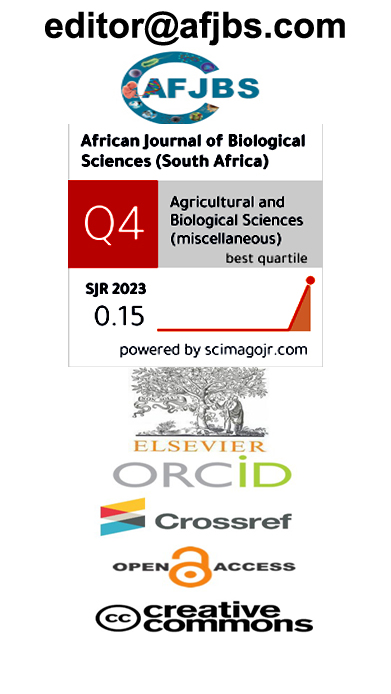
-
Strategies for Teaching Vocabulary Effectively to ESL Students: Identifying and Resolving Challenges : An Emperical Study
Volume 7 | Issue - 1 articles in press
-
Perceiving the Self and Others: A Phenomenological Analysis of Character Consciousness in Anita Nair's Fiction
Volume 7 | Issue - 1 articles in press
-
Soft Skills: The Catalyst for Critical Thinking in Engineering Education
Volume 7 | Issue - 1 articles in press
-
A Comprehensive Framework for Exploring and Evaluating Learning Digital Resources in English Language Classrooms
Volume 7 | Issue - 1 articles in press
-
EXPLORATION OF INDIGOFERA PROSTRATE AGAINST OXIDATIVE STRESS AND EVALUATION FOR NEUROPROTECTION IN CHEMICALLY INDUCED NEUROTOXIC RATS
Volume 7 | Issue - 1 articles in press
Descripitive Morphometeric Study of The Orbit in Human Dry Skulls - in South Indian Population
Main Article Content
Abstract
To assess the quantitative morphometry of orbital cavity for south Indian population in dry Skulls Objectives: To assess the morphometric measurements of right and left orbital cavity in adult dry skulls and to see the statistical significance in it. Materials & Methods: 50 dry skulls of known sex (male = 25, female =25) from the department of Anatomy, Meenakshni Medical college Hospitals and Research Insitute where used for the study. Only the skulls with no apparent deformity were measured. Juvenile skulls were also excluded from the study. The following Paramaters were measured in right and left orbit of the skulls. The parameters like orbital height and width, Length of Medial wall, lateral wall , superior wall and inferior wall , orbital perimeter, orbital index, biorbital distance, interorbital distance and orbital opening area were done . Kolmogorov Smirnov test has been used to test the normality of the data. Mann Whitney U test was used to find the statistically significant difference in orbital parameters between males and females Discriminant analysis was performed to predict whether the skull belongs to male or female. Results: P values of 0.017, <0.001, 0.009, 0.009 and <0.001 indicate that there is significant difference between males and females in Length Of Superior Wall Right, Length Of Superior Wall Left, Length Of Medial Wall Left, Length Of Lateral Wall Right and Length Of Lateral Wall Left respectively. P value of 0.029, <0.001 and 0.034 indicate that there is significant difference between males and females in Orbital Rim Perimeter (CM) Right, Orbital Rim Perimeter (CM) Left, Orbit opening area Right respectively. The discriminate function revealed a significant association between groups and all predictors, accounting for 64.9% of between group variability, although closer analysis of the structure matrix revealed two significant predictors, namely Length Of Superior Wall Left(-0.445) and Orbital Rim Perimeter (CM) Left (–.357) with remaining parameters as poor predictors. The cross validated classification showed that overall 78.0% were correctly classified Conclusion: Comparing the results from the present study with other similar studies we found that the highest accuracy for sex determination is length of superior wall left side and orbital rim perimeter on the left side



